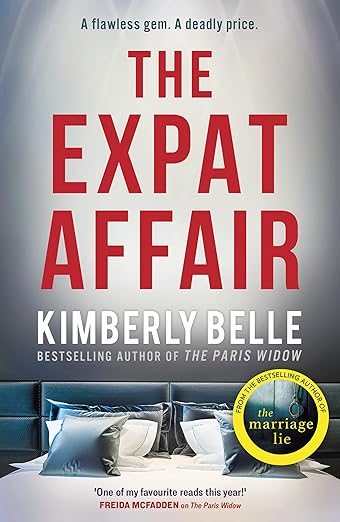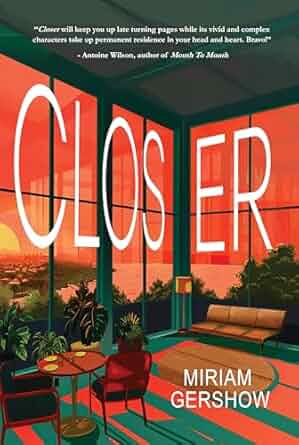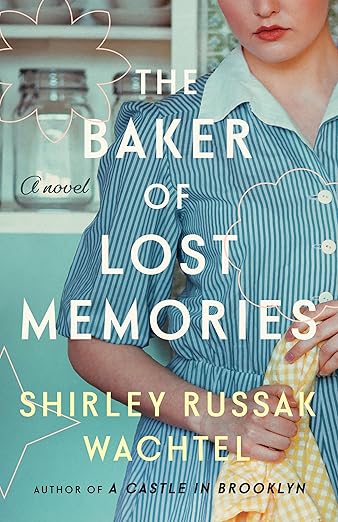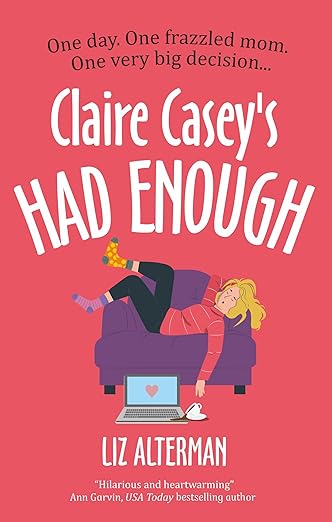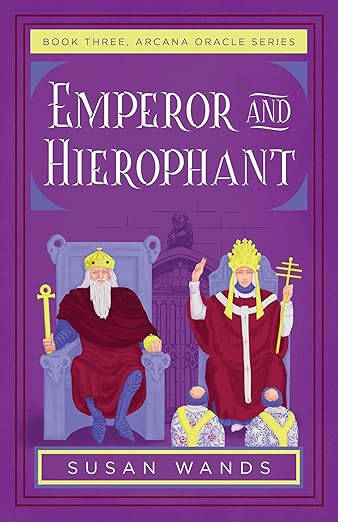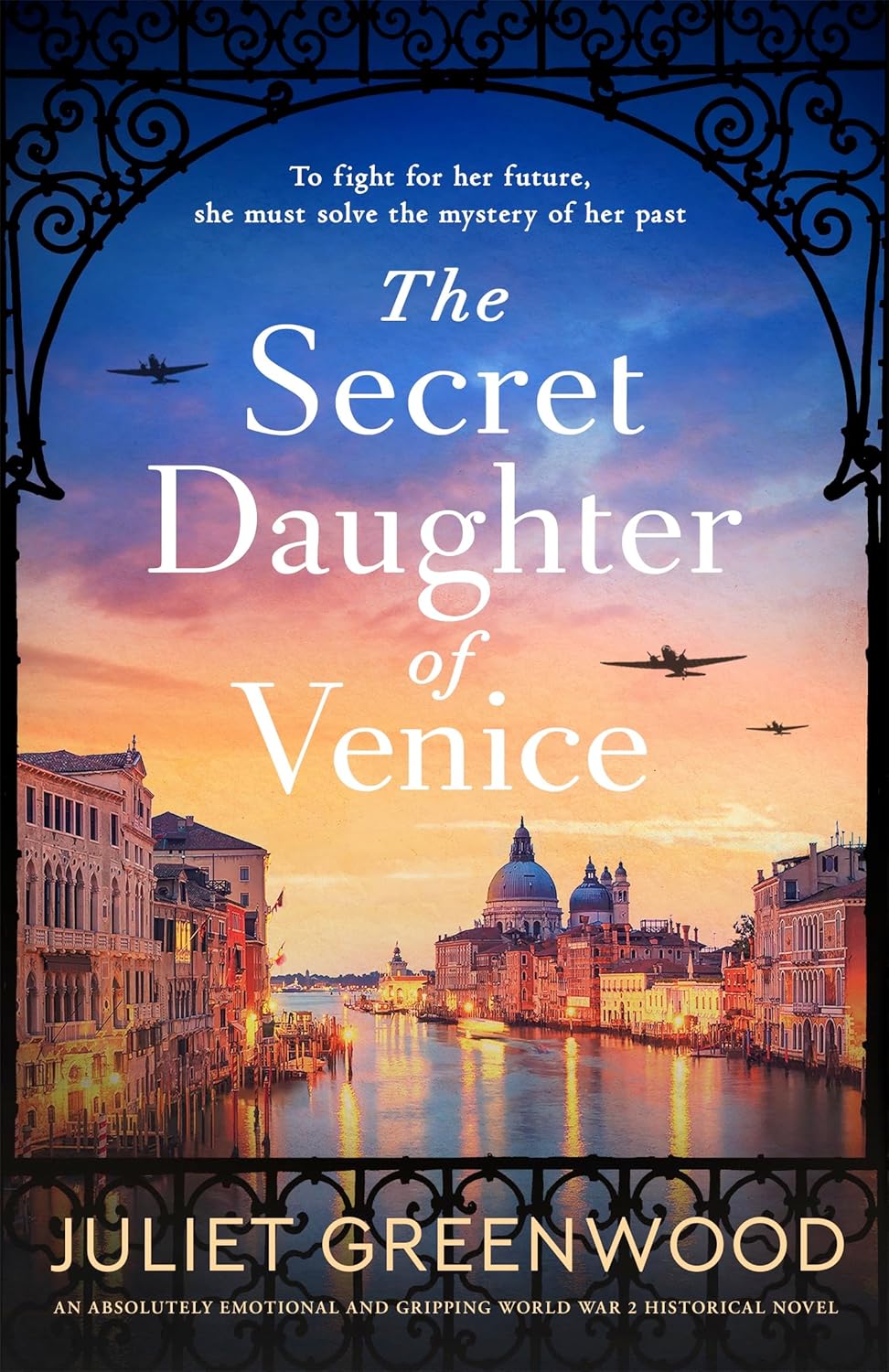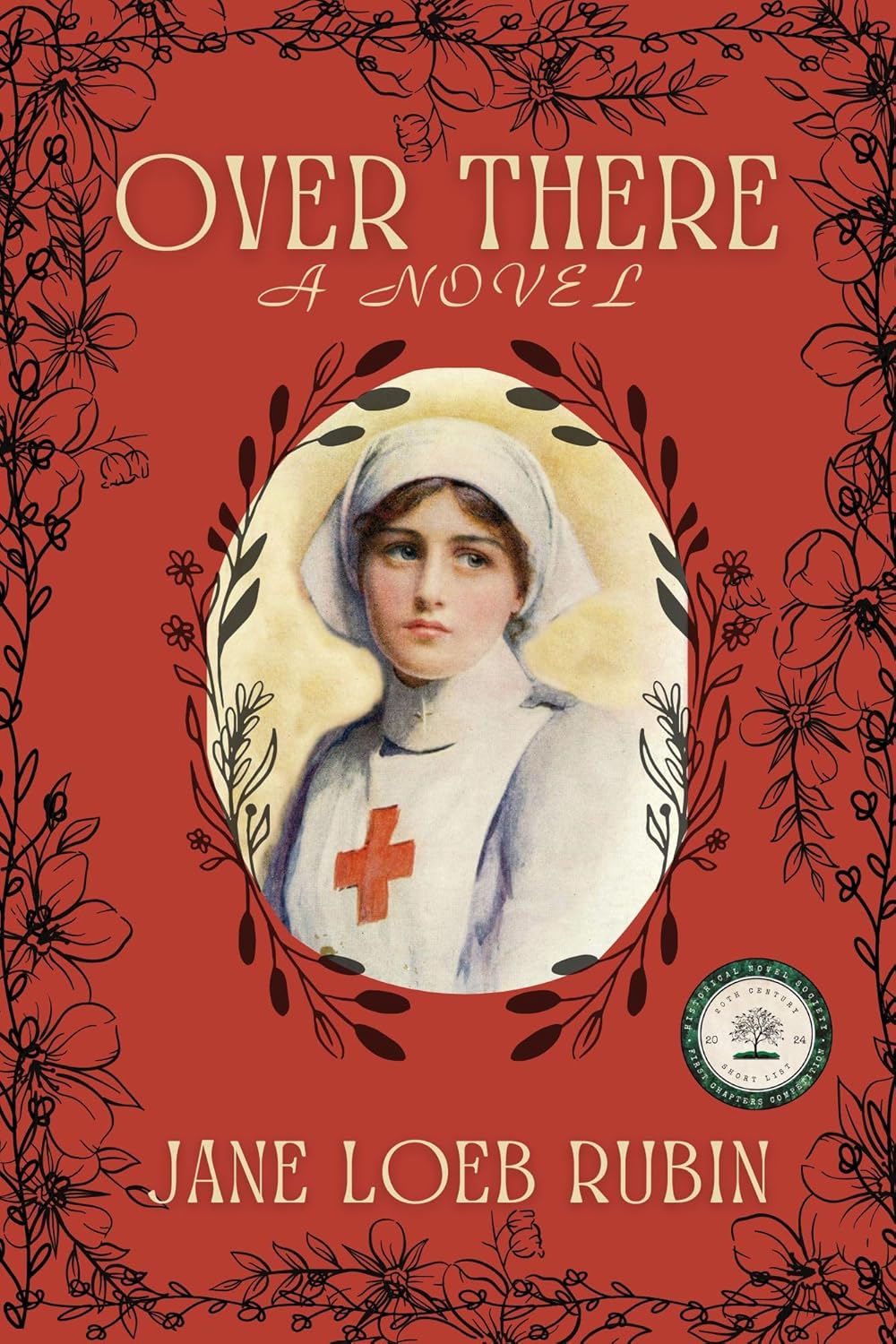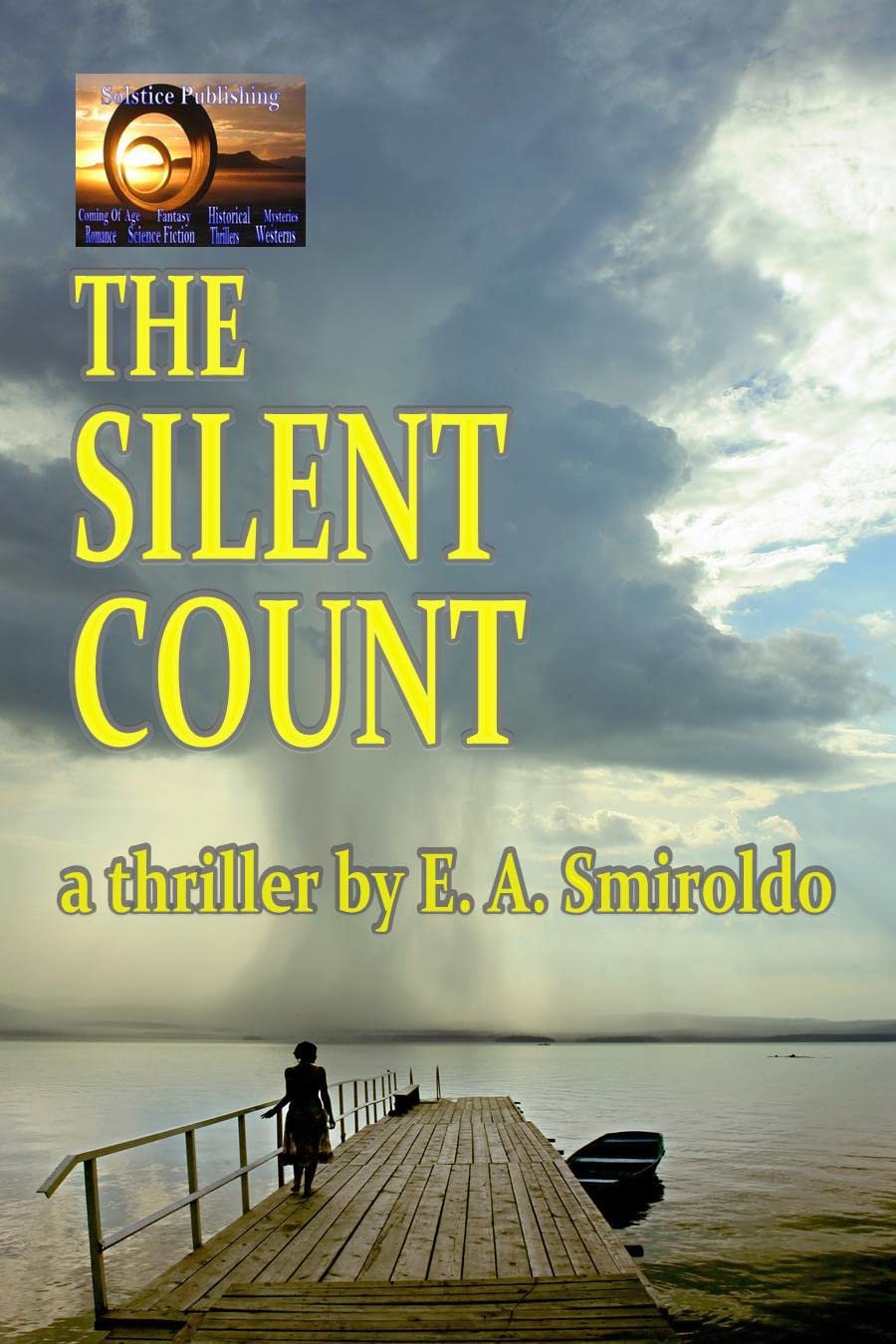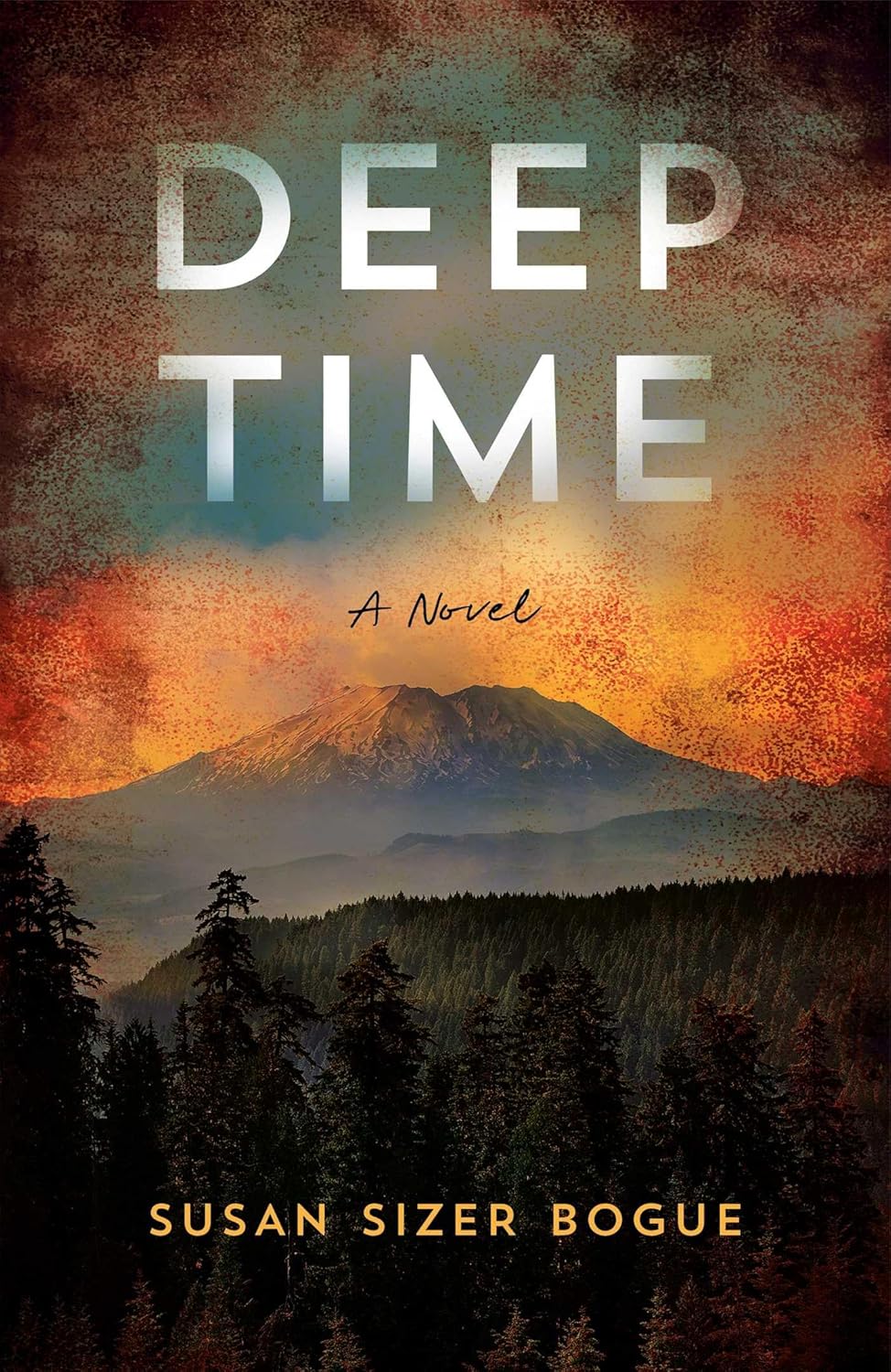The Inspiration for Trouble The Living
When my mother was little, her grandmother told her that she kept her sister’s finger in a teapot above the stove.
It was an exaggeration that my mother, the youngest of eight, believed. The truth was somewhat less gory: what lived in the teapot was not her great aunt’s finger, but her engagement ring, blown off by the bullet that killed her. Still, the image stayed with her throughout her adolescence, into her adulthood. The mysteries of her family history, and the trauma that had been passed down, became more and more fascinating for her, the farther it receded.
My mother has spent much of her life trying to untangle the stories that she inherited––violent, wild stories, cloaked in secrecy, masked by exaggeration––just as I have spent much of my life trying to untangle my mother, my deep connection with her, and the life she had before me.
*
My great-grandmother, Rose Slowey, was born in Drogheda in 1902. The oldest of three siblings, orphaned at a young age, Rose took over her family’s pub when her aunt and uncle died. When Rose was fourteen, a group of Irish men and women declared Ireland’s independence from England; the War of Independence soon followed.
On November 21, 1920, after a methodical series of assassinations by the IRA, the British rounded up over 4,000 men suspected to be involved with the attack. Among these men, was my grandmother’s brother, Owen Slowey. And, like many of these men, he was innocent.
Though he was not involved with the attack, nineteen-year-old Owen’s arrest radicalized him in the way that being unjustly arrested and held without trial often does. While in prison, he volunteered for the IRA and was tasked with impersonating one of the men responsible for Bloody Sunday. On these orders, Owen stepped forward as Aidan Corri and was tortured in his place––waterboarded and half-hung––before finally being sentenced to death. On the eve of his hanging, he was identified by a visiting officer from his hometown. “You’ve got the wrong man,” the officer told the British. And so, Owen Slowey was denied the patriot’s death and sent home instead with severe PTSD and scars across his neck.
By the time Owen Slowey was released from prison, the war for independence had shifted into a Civil War as Ireland fought over whether to accept a treaty with England––which notably severed the island, leaving Northern Ireland as part of the UK. As violence increased throughout the country, Drogheda, where my grandmother lived with her siblings, became an epicenter. The town was put under military curfew. A cannon was brought in to bombard the Anti-Treaty IRA.
The morning that the cannon was brought into town, Alice and Owen were sitting in an empty warehouse across from their family pub, using field glasses to watch the bombing. Why they were in the warehouse in the first place remains a mystery. Were they spotting for snipers, helping the anti-treaty side? Was Alice comforting Owen, who was rattled by flashbacks to his torture? Or were they merely curious teenagers watching the battle unfolding around them.
Regardless of why they were there, when Free State Soldiers knocked at the warehouse door, Owen and Alice panicked. They were slow in going to the door, and when Alice did run forward to open it, the soldiers had grown impatient. They fired three rounds through the wood. One of these bullets blasted through her hand, blew off her ring finger, and barreled into her chest. She died, minutes later, in the pub she’d grown up in, her body laid across the bar top.
Not long after Alice’s death, my grandmother, Rose, emigrated to the United States, followed sometime after by her brother.
*
My novel is not set during this period of Irish history, but during the very end of the 20th century, when sectarian violence in Northern Ireland had become an issue with an international stage. In the North of Ireland, still under occupation from the British, Catholics were denied housing and jobs, were attacked and harassed on the streets in Protestant neighborhoods. Schools and cities were segregated, as many remain today.
Trouble the Living tells a story in dual timelines: 1997 Northern Ireland and 2016 Southern California. The sections are narrated by a mother and daughter who share an intense intimacy that borders on co-dependency. Their connection—both loving and suffocating—mirrors my own closeness with my mother. In the Southern California timeline, the daughter, Bernie, fights to uncover the truths about her mother’s past, desperate to know who her mom––and by extension who she––really is.
Meanwhile, in the 1997 timeline, two sisters grow up amid the final years of the Troubles. Ina is bold, beautiful, and unafraid of the sectarian violence of their lives. Bríd, her older sister, is cautious, more aware of simmering tensions and dangers. When Ina is killed in a bombing at a dance club, Bríd, encouraged by her fanatical mother, sets out to revenge her sister’s death.
The Irish storyline is undeniably similar to my great-grandmother’s story—the sister’s death, the injustice that leads to revenge. While I did not set out to write about my great-grandmother’s life, the stories that I’d grown up hearing crept in all the same. It helped me make sense of the bond between my mother and I, and the bond between my two main characters.
Ultimately, I wanted to write a book about what it is like to be a mother and a daughter and about how the relationship between mother and daughter enables us to know each other so deeply, so achingly intimately, and yet also narrows our vision, so that we stop seeing each other as full people outside of that primary relationship. Trouble the Living is about how much of ourselves we hide in that relationship, how much of ourselves we bury.
And I could not think about these themes without thinking about the violence and mystery of my family’s story. The fear that my grandmother passed onto my mother; the fascination with history that my mother passed on to me.
—
Francesca McDonnell Capossela is a queer writer and Irish American dual citizen. She grew up in Brooklyn and holds an MA in creative writing from Trinity College Dublin. Her writing can be found in the Los Angeles Review of Books, The Point magazine, Banshee, The Cormorant broadsheet, Columbia Journal, Guesthouse, and the anthologies Dark Matter Presents Human Monsters and Teaching Nabokov’s Lolita in the #MeToo Era. Francesca lives on the Lower East Side of Manhattan with her dog Lyra.
TROUBLE THE LIVING
Category: On Writing

 From Northern Ireland to Southern California and back―a mother and daughter confront the violence of the past in an enthralling novel about the possibility of love and redemption during the most transforming and unsettled times.
From Northern Ireland to Southern California and back―a mother and daughter confront the violence of the past in an enthralling novel about the possibility of love and redemption during the most transforming and unsettled times.


